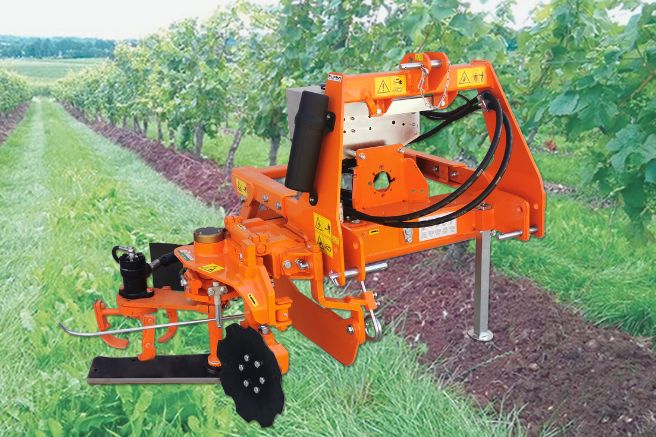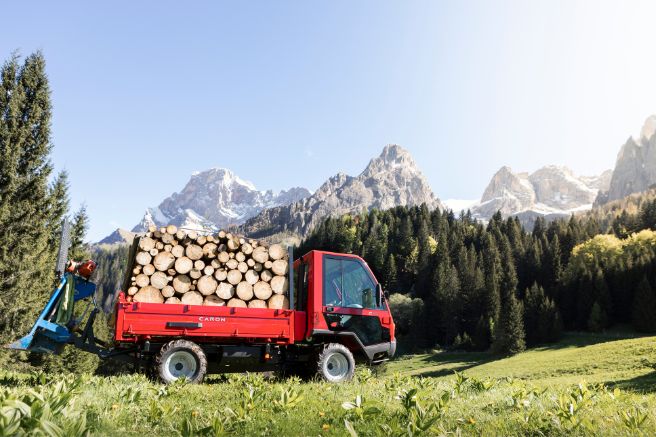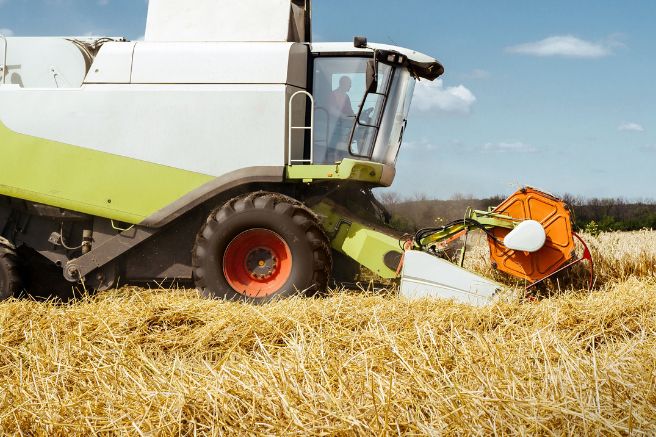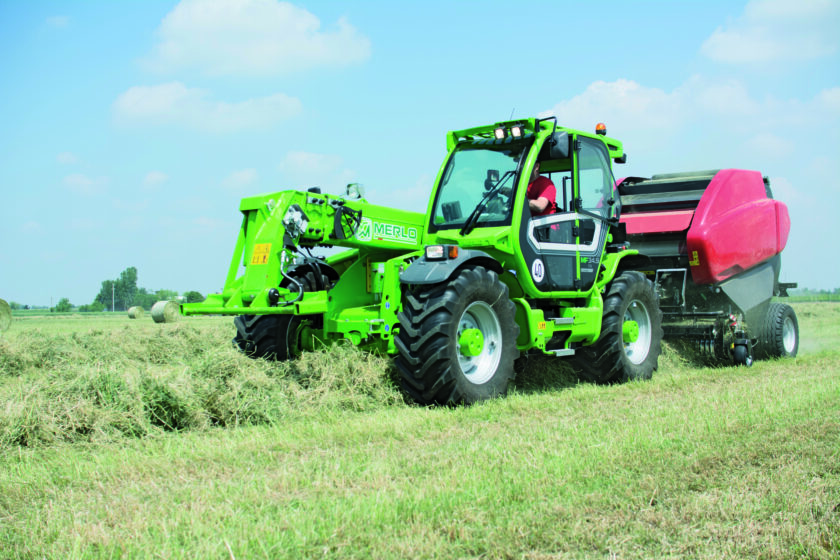
Hard times for those who prefer working with planned and certain bases. Nowadays, it is especially difficult to predict market trends, particularly for activities such as agriculture and livestock farming, which are influenced by a myriad of economic factors and are also at the mercy of climatic instabilities that negatively affect yields. In this context, it’s clear that investments in work equipment must be made with great caution, especially when they are significant and aimed at renewing or expanding machinery fleets. Compromises must be made between adopting an evolution in agricultural practices that calls for specific tools for each task and an entrepreneurial prudence that favors integrating as versatile machines as possible into the business. The deciding factors between these two positions are not only the size of the investments to be made but also the amortization periods, which are closely linked to the hours of work that each choice will require for the machines under consideration.
Versatility Better Than Specialization
In this regard, it is evident that the option of having multipurpose equipment is more advantageous compared to specialization, especially if such versatility also delivers performance and work quality similar to those of more specialized machines. An example of this is the “MultiFarmer” series of telescopic tractors produced by Merlo. These machines not only support all handling activities within a farm but can also be used in the field and on the road like a regular agricultural tractor thanks to the presence of electronically controlled three-point hitches and electrohydraulic mechanical power take-offs at the rear of the vehicle.

The three-point hitches have capacities ranging from 3,000 to 7,000 kilograms depending on the model, while the power take-offs can operate at 540 or 1,000 rpm, complemented by hydraulic distributors capable of delivering most of the 145 or 150 liters of oil made available by the load-sensing work systems. There are no issues using the lifter in the field in place of traditional tractors, especially for light and speedy tasks such as forage activities: mowing, tedding, raking, and baling with round balers. The “MultiFarmer” series also benefits from the ability to make the three-point hitch float, allowing it to closely follow terrain variations and, in turn, the attached equipment. Additionally, there is an anti-dumping function that dampens equipment oscillations when transported on the road, a task that can be carried out at up to 40 km/h, the same speed that can be reached and maintained when towing agricultural trailers with a mass of up to 20 tons. These are true tractors, even in the cab fittings, which offer maximum comfort to the operators, being air-conditioned and, if desired, pneumatically suspended from the chassis.
Comfort Meets Technology
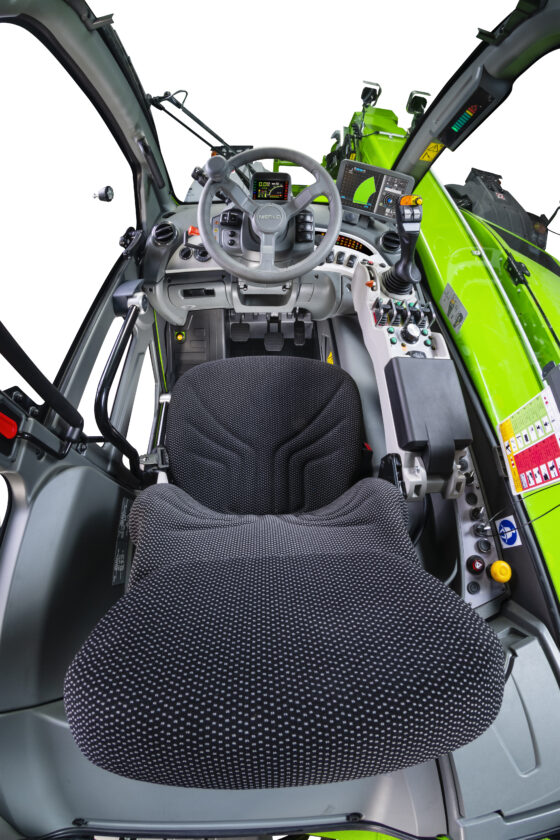
This solution was first introduced in the sector by Merlo and does not compromise the protective qualities of the cabins, all certified FOPS-ROPS, nor the availability of the most advanced machine management technologies developed by Merlo. Among these are the multifunction and capacitive joysticks that allow control of the machine’s direction and all main arm functions with one hand, the “ASCS” safety system that recognizes the tools and loads carried by the arm and automatically adjusts the static work limits, and the ability to nullify side slopes of up to five degrees to ensure maximum lifting performance even on sloping terrain. There are eight models available in the range, divided into the “34” and “44” families, with the numbers indicating the lifting capacities in quintals, with the first series having lifting heights ranging from six to nine meters nominal and the second from seven to nine meters nominal.
Deutz and Fpt Industrial Engines
The “MultiFarmer” 34 series are powered by 136-horsepower Deutz four-cylinder engines, while the 44 series are driven by more robust 170-horsepower FPT Industrial units. In both cases, the engines feature reversible cooling fans to keep the ventilation grids clean without leaving the cabin, and they pair with either two-speed hydrostatic transmissions or sophisticated continuously variable “CvTronic” transmissions. Common to both is the Merlo “EDP Plus” system for electronically controlling and adjusting the engine based on the machine’s operating conditions. Engine speed, hydrostatic pump flow rate, and hydrostatic motor displacement are managed to maximize powertrain efficiency, reducing fuel consumption by up to 18 percent compared to industry standards. Like all agricultural handlers, Merlo’s “MultiFarmer” models feature integral traction and steering and are compatible not only with the original equipment from the manufacturer but also with most equipment available on the market.
Merlo “Multifarmer”: Comfort and Technology
Translation with ChatGPT





